Zeiss Loxia 21mm f/2.8, another good reason to go with Sony A7 cameras!
New Zeiss Loxia is here. Third in the line (just like in fairy tail, the third son is usually the winner :-)), but first to introduce new, original design.
Loxia 21/2.8 is based on the Distagon construction and doesn’t follow Zeiss ZM line like it was the case with Loxia 35/2 (Biogon) and 50/2 (Planar).
If there is one Zeiss lens to be considered as a landscape No.1 choice, I believe it was Distagon 21/2.8 within classic line (now Milvus).
Now we have new, much smaller, but probably even more powerful Distagon 21/2.8 exclusively for the hottest platform on the 35mm digital photo market – Sony Full Frame mirrorless cameras. (A7 family for now :-))
Put this new Loxia 21/2.8 on the Sony A7r MII and the world of sceneries will open to your fantasy. Small, light, weather protected combo with super high resolution sensor and lens to die for.
While we have seen new Loxia in Oberkochen a month ago, we weren’t able to touch it and thus we are eagerly waiting for the sample to come in our hands.
But since we still haven’t got even Batis 85/1.8 and 25/2, it is hard to give any promises. (Except that we will try our best to get the lens for review asap.)
Recommended retail prices? Well, it’s Zeiss, what did we expect…
USD 1,499 (excl. VAT) or EUR 1,259.66 (excl. VAT).
Bellow is the full Zeiss Press release, together with the lens images:
All images, charts tables, specification and tests in this article are Courtesy of ZEISS
Technical data ZEISS Loxia 2.8/21
| Focal length | 21 mm |
| Aperture range | f/2.8 – f/22 |
| Lens elements / groups | 11 / 9 |
| Focusing range | 0.25 m (9.84”) – infinity |
| Working distance | 0.16 m (6.30”) – infinity |
| Image field** (diag. / horiz. / vert.) | 91° / 81° / 59° |
| Object field at minimum working distance** | 281 mm x 187 mm (11.06 x 7.36“) |
| Image ratio at MOD | 1 : 7.81 |
| Rotation angle of focus ring (inf – MOD) | 90° |
| Filter thread | M52 x 0.75 |
| Diameter max. | 62 mm (2.44“) |
| Diameter of focus ring | 62 mm (2.44“) |
| Length (without lens cap) | 72.0 mm (2.83“) |
| Length (with lens caps) | 85 mm (3.35“) |
| Weight | 394 g (13.54 oz) |
| Camera mounts | E-mount |
* Status 12.10.2015
**refers to 24x36mm format
Welcome to the age of software corrections!
(Look at the difference in distortion correction when in camera corrections are switched to on and off)
ZEISS broadens lens horizon for E-mount full-frame cameras
With the new ZEISS Loxia 2.8/21 the company is expanding its family of compact lenses for compact Sony full-frame cameras with E-mount with a super wide angle.
OBERKOCHEN/Germany, 12 October 2015
The latest member of the ZEISS Loxia family is called ZEISS Loxia 2.8/21. It is a super wide angle, developed for compact full-frame cameras with E-mount and with a new optical design based on the ZEISS Distagon. The ZEISS Loxia 2.8/21 supplements the ZEISS Loxia 2/35 and ZEISS Loxia 2/50 lenses, which were presented last year at photokina. Especially practical for cinematographers, the ZEISS Loxia 2.8/21 has the mechanical aperture setting and the de-activation of the aperture click stop, both found on all ZEISS Loxia lenses.“Since the Sony α7 series came out, the market has been waiting for a powerful super wide-angle lens for compact full-frame cameras. For many photographers such a lens was the missing tool in their gear. ZEISS is now meeting that demand with the ZEISS Loxia 2.8/21,” said Christophe Casenave, Product Manager at ZEISS Camera Lenses.
As the latest member in the compact, light-weight family of ZEISS Loxia lenses, the ZEISS Loxia 2.8/21 offers trusted features that combine traditional photography and modern technology. The electronic interface transmits lens data (EXIF) as well as the focus movements and – if desired by the photographer – activates the magnifying function of the camera. For the sophisticated photographer who does not want to leave all the work to the camera, there are many opportunities to compose thanks to the lens’s precise manual focusing with end stop and the mechanical setting of the aperture (aperture priority mode for the working aperture). As a result, photographers can take advantage of all the possibilities offered by modern compact system cameras with an electronic viewfinder.
Optimal for different types of use
With an angular field exceeding 91 degrees (diagonal) on a full-frame camera, the ZEISS Loxia 2.8/21 is well suited for nature, landscape and architectural photography. In landscape photography in particular, an exact infinity setting is a critical factor. Here, the precise manual focusing of the ZEISS Loxia 2.8/21 supports the user enormously. Furthermore, the lens enables creative, naturally proportioned images with a low minimum object distance of just 0.25 meters (9.84”). The ZEISS Loxia 2.8/21 is extremely compact and light, making it the perfect choice for travel and street photography.
ZEISS Loxia lenses for video
Ambitious videographers will also discover once again that the ZEISS Loxia 2.8/21 is a tool that offers optimum creative potential. The mechanical deactivation of the aperture click stop for infinite aperture settings (de-click), which already came with the ZEISS Loxia 2/35 and ZEISS Loxia 2/50, is also found in the new ZEISS Loxia super wide angle. The smooth focus operation with a rotation angle of 90 degrees of the ZEISS Loxia 2.8/21 allows for the finest variations when focusing video cameras with E-mount, such as the Sony PXW-FS7 or PXW-FS5. “In addition, the identical external diameter of the ZEISS Loxia lenses across all focal lengths simplifies the changing of lenses during shoots, so accessories like a follow focus don’t need to be readjusted,” added Casenave.
Newest optical design with robust construction
The ZEISS Loxia 2.8/21 has been specially developed for digital sensors. The newly calculated lenses consist of 11 lens elements in nine groups. The underlying optical design is a ZEISS Distagon. High resolution along the entire image field, low distortion and color fringing, and an appealing bokeh – especially at the maximum aperture of f/2.8 – round out the exceptional features of this lens. “It’s a small jewel offering outstanding optical performance,” said Casenave, summarizing the optical qualities of the ZEISS Loxia 2.8/21. Other qualities include its impressive mechanical quality and robust barrel. Made entirely of metal, the barrel protects the lens and can withstand the rugged everyday situations that professional photographers face, thereby ensuring a long product life. Like the other ZEISS Loxia lenses, the filter diameter is 52 mm. Finally, a special weather protection on the lens mount protects the lens from spray getting between the camera and lens.
Price and availability
The ZEISS Loxia 2.8/21 will be available worldwide starting December 2015. The lens shade is included with delivery. The recommended retail price is USD 1,499 (excl. VAT) or EUR 1,259.66 (excl. VAT).*
There is a very nice article from James Miller that I would strongly suggest you check out – https://photographertouch.com/lens-guide/
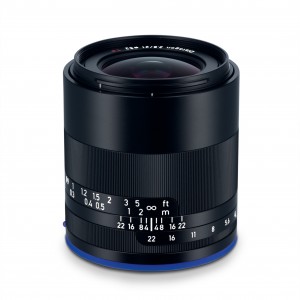
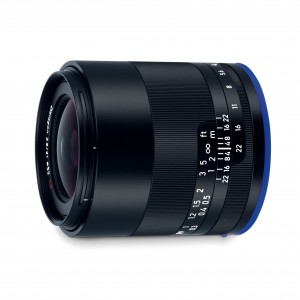
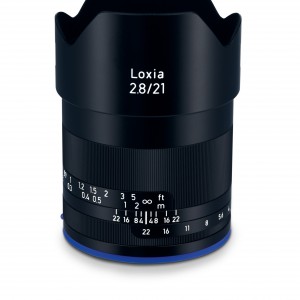
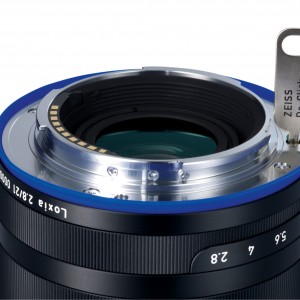
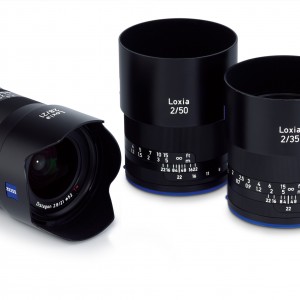
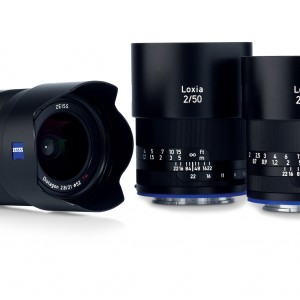
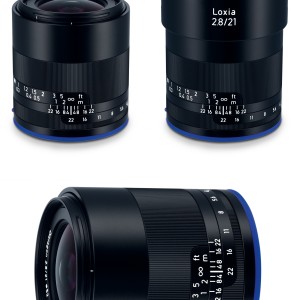
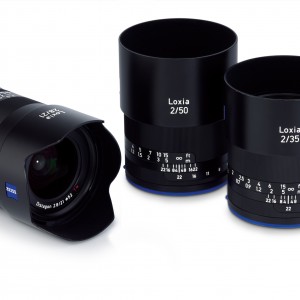
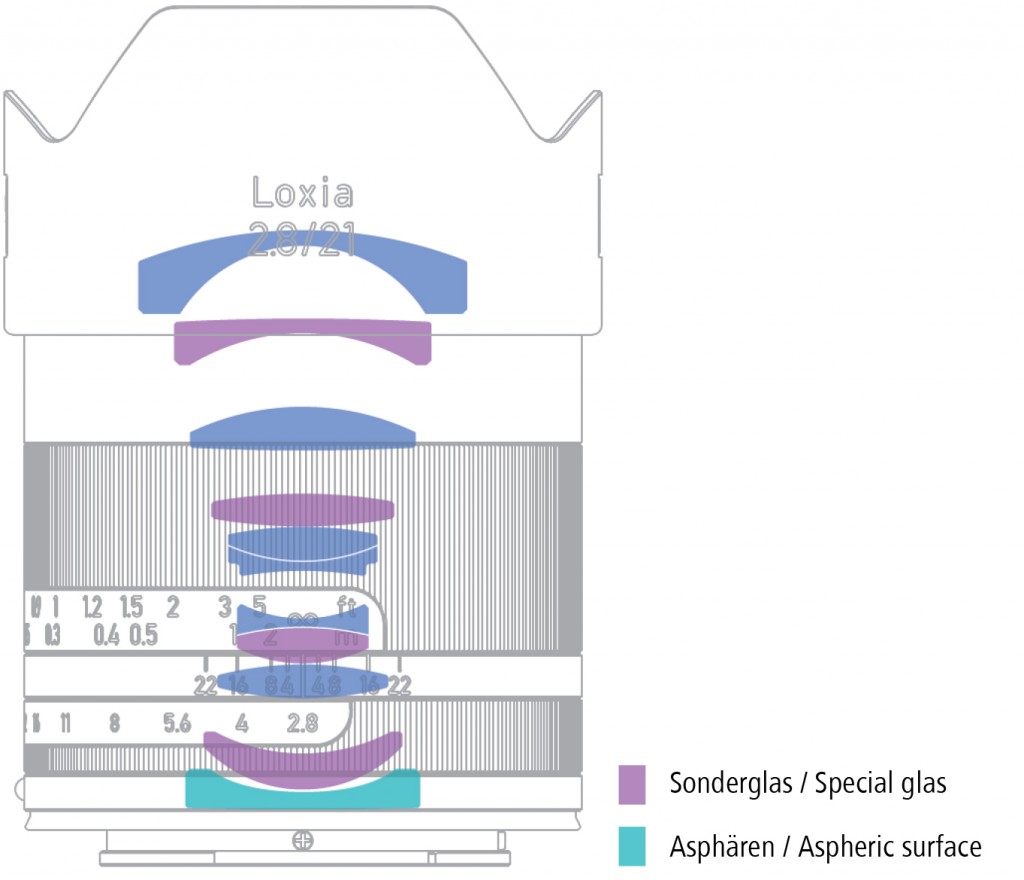
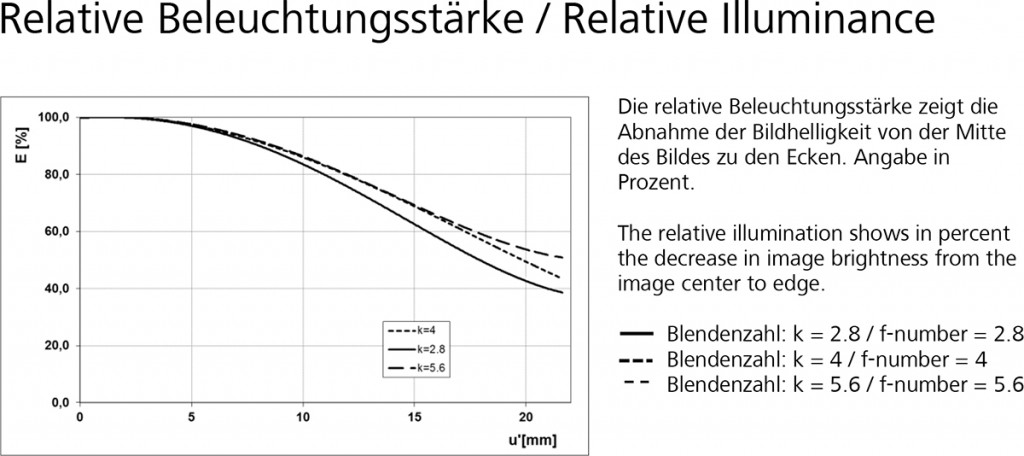
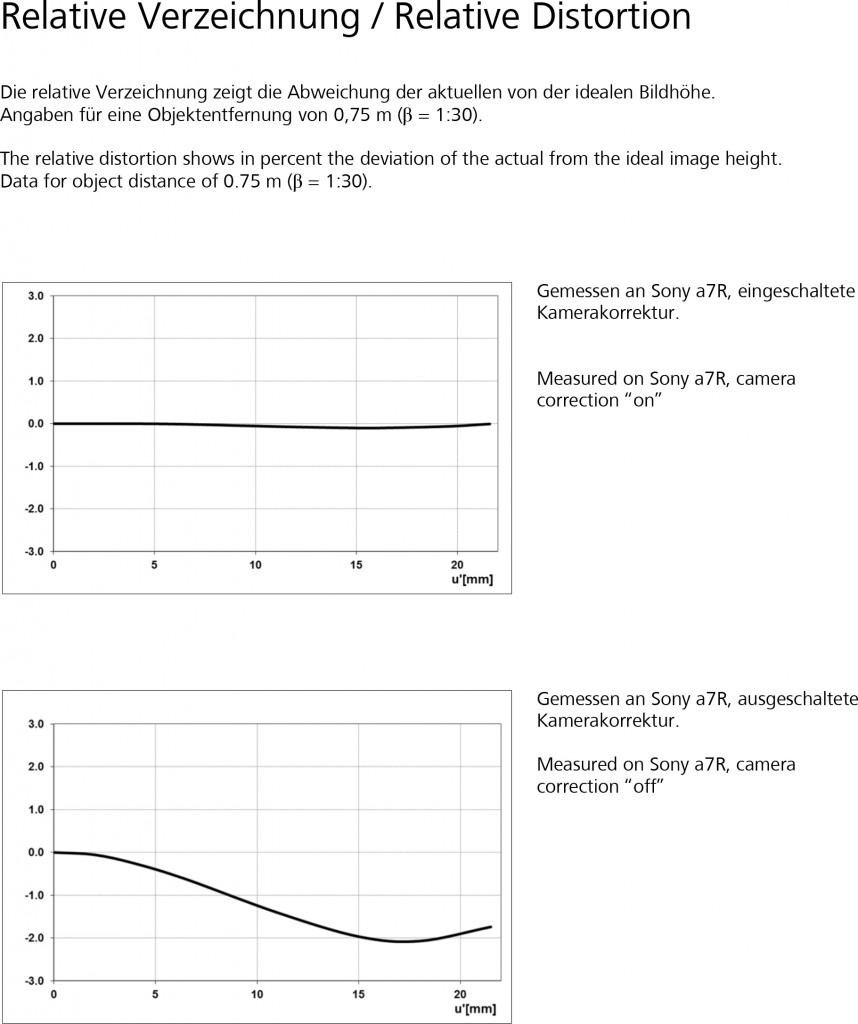
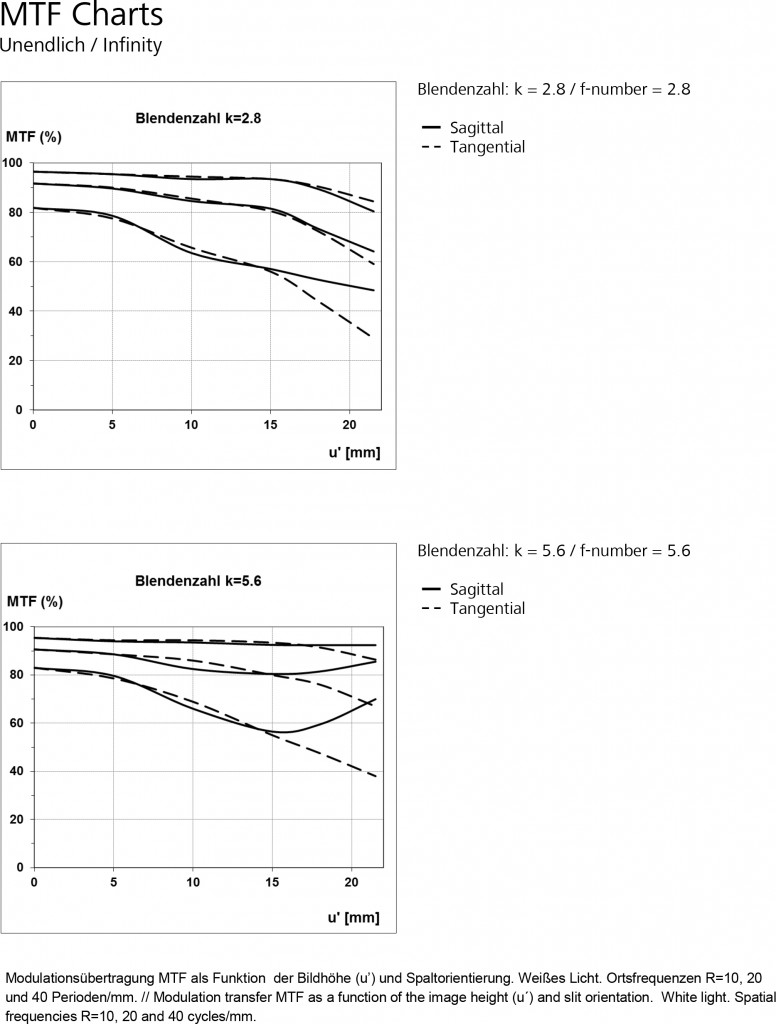
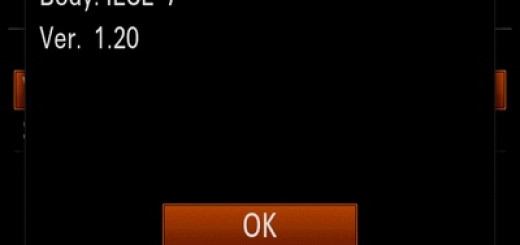

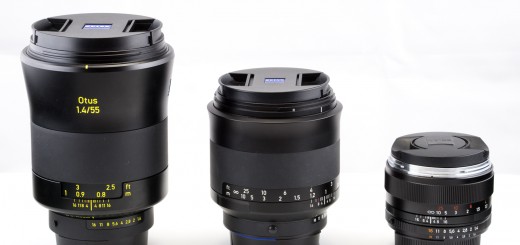
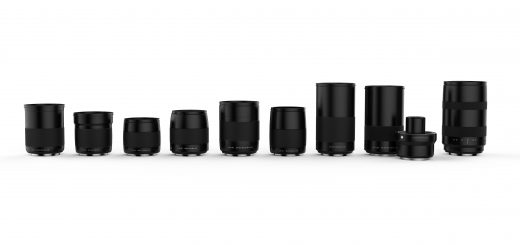
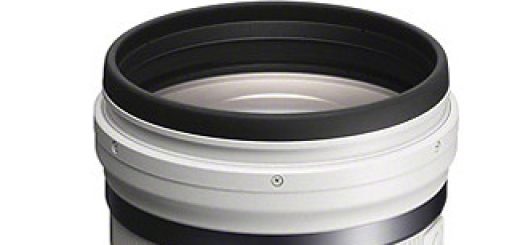
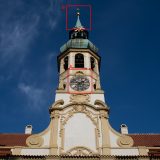
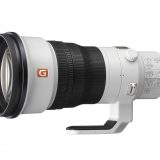

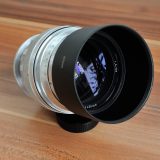
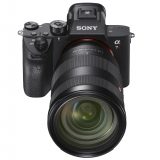
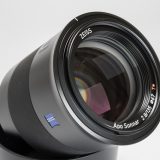

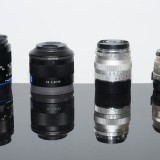
In fairness, the distortion for the Milvus 21mm f/2.8 is still worse.
Hi Mike,
I agree, my remark was rather toward software corrections part of recent lens design. That would imply other questions, such as how MTF respond to the software correction e.g.
Anyway, for most people out there, it is a good thing.
Cheers,
Viktor
Agreed!
The other nice thing is that it looks like the distortion on this new lens is more barrel than mustache, too!
…at least compared to the Milvus, that is.
Hi Viktor,
Not knowing much about lens design, I can’t understand how the new Loxia 21mm is so much more compact, especially considering filter diameter, than the Distagon ZF Nikon mount 21mm equivalent (which, by the way, I think is a great lens). Does this imply anything about a future telephoto lens also being much more compact, or is there something in the E mount design that enables smaller wide angle lenses but not telephotos?
Regards,
Jim
Hi Jim,
without going deep into theory, the reason is rather simple… Long focal length lenses are usually at least as large (long) as their focal length indicate – 100mm lens will be approx.100mm long, 500mm lens will be approx. 500mm long. (If you want to be able to focus on infinity) This is physic and we can’t really change it…
Sony E mount with its very short flange distance, can benefit at wider focal lengths, which are not limited by physics (at least not by focal length), but as the focal length starts to grow, advantage of short flange distance is fading.
There were few attempts to make smaller telephoto lenses, mainly with so called “mirror” lenses (catadioptric), which are using mirror inside the lens to cut its physical length (light rays are reflected like in the mirror labyrinth in order to preserve their intended length). Mirror lenses are often used in telescopes, but you can find also many in photography.
They were kind of popular in 80′ not so much today. Disadvantages of those lenses are mainly slow speed (lot of light is lost in those reflections), they have very nervous so called “donut” bokeh, loss of contrast is also very problematic, etc. You can buy 800mm f/8 by Samyang – http://www.amazon.com/Rokinon-Teleconverter-Cleaning-Digital-Cameras/dp/B0050K2X3W for less than 200 USD, but don’t read reviews 🙂
Canon is also experimenting with the diffraction optics, another “technology” how to alter light rays refraction and allow smaller telephoto lens construction (while correcting effectively aberrations). I was very enthusiastic about this technology, but it seems that it isn’t really popular today. (One of the reason is the expensive production of diffractive optics.)
We shouldn’t also forget that with the evolution of sensor technology and resolution, as well as non linear, progressive software image calculations and pixel interpolation, we already achieved significant progress. If you switch your Sony A7r II in APS-C mode, you will already make 150mm out of your 100mm lens at whooping 18mpx. Going further you can crop even 200mm FOV equivalent at still respectable resolution. (You can do the same in post processing of course by simply cropping your image).
If you enlarge your image using deconvolution or similar methods, you can crop even more and improve resulting IQ quite a lot (in some situations).
All in all, I believe that the size (in terms of length) of telephoto lenses will decrease one way or another, but then we have to deal with the speed – amount of light, or aperture and front element diameter relation and that is another wall which physics built in front of us 🙂
If you want to learn more about lens construction and design limits, there are tons of sources on the Internet, for the beginning I would suggest great article from Cambridge in color – http://www.cambridgeincolour.com/tutorials/camera-lenses.htm
Cheers,
Viktor
Hi Viktor,
Thank you for pointing me to the Cambridge in Color web site. Very informative. Well worth understanding the theory behind what I’ve been trying to use for so many years.
I must say I am more impressed with the new Loxia 21mm which is specially designed for Sony than I am with the new Milvus 28mm which is more of a very high end dslr mount design. If lens size, weight, and price are eliminated from consideration, designers should be able to provide state of the art . But hats off to Zeiss for also considering size and weight as important factors for Sony mirror system users. Maybe a smaller market at present, but surely growing rapidly, thanks in part to excellent reviews from you and others.
Regards,
Jim